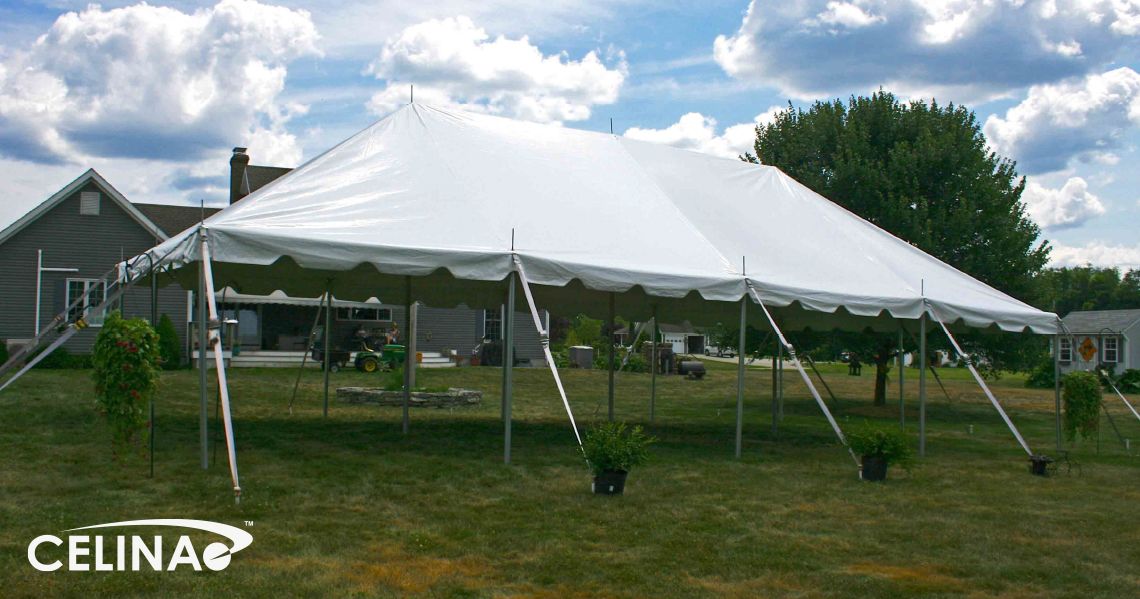Many things get better with age; I’ve heard older wine is good (not really my style), original artwork is much preferable to any sort of printed poster of the same image and I hear that animals that turn into coal aren’t all that burnable for the first couple millennia. Apart from the few items I’ve listed here, the rest of the universe tends to start going downhill with time as opposed to the opposite. Now, were someone able to traverse time and space maybe this wouldn’t be an issue (hmm … no pop culture references I can think of, weird …), but as most of us don’t possess that kind of power or technology we have to deal with time’s constant forward progression the old-fashioned way.
Arrival
Once a newly ordered canopy arrives on your doorstep, the fabrics used to create it are going to be no more than a year to year and a half old. This is because all materials are used in the standard First-In-First-Out (FIFO) schedule to keep from accruing large amounts of extremely aged material. Fabric amounts are also ordered to keep from having too much inventory on hand, as this is a form of easily avoidable waste.
With such fresh material, newly purchased canopies are at the peak of their performative capabilities. This means that the exterior layers in the vinyl are supple and able to be bent and folded with no damage to the fabric, and the antibacterial and fire resistant properties are in full effect (it is important to note that not all fabrics are imbued with the same properties, but the principle is the same for all).
The Middle Ages
After around five or six years, base chemical composition of vinyl begins to change. This applies not just to the special treatments but to the fundamental structure of compounds. Polyvinyl Chloride (PVC) makes up the outer layers of vinyl, and contains additives called plasticizers in order to make the PVC flexible. Think about all of the folding that marquees go through, and now imagine that each piece was made from a rigid panel – you have plasticizers to thank for that suppleness.
Half a decade into use, these plasticizer begin to migrate within the fabric itself and will begin to evaporate out of the PVC. The outer layers of the vinyl will slower begin to resist folding as easily as before, and in more advanced cases (after 8 or 9 years) will make your canopy more susceptible to wind whip and cold crack. These cause breaks and gaps in the PVC that will expose inner layers and the internal support structure, or scrim, to the elements. This leads to a few other issues, which are covered in this info page.
The 70’s (in Dog Years)
After about year ten your canopy is going to be lucky to still be in business. While it isn’t uncommon for marquees to reach this age, there is a great chance that the fabric isn’t going to look and act nearly as agreeable as one much newer. If it’s still functioning this far into old age you’ve probably taken good care of it on- and off-season, which is the major benefit of all the drop cloths, proper storage and handling techniques that we suggest. It’s up to you when you replace the canopy on frame and pole marquees; at this age the plasticizers will have made great migrations out of your fabric and it will be harder to maintain.
* * * * *
Looking for help navigating exactly what style of marquee to invest in? Contact us via phone (44-115-794-0041) or by sending us an email at UK@CelinaTent.com. Our Customer Account Managers will do everything they can to match you with the perfect canopy for any event. Contact us today!

Canopy Aging: How Time Affects your Marquees